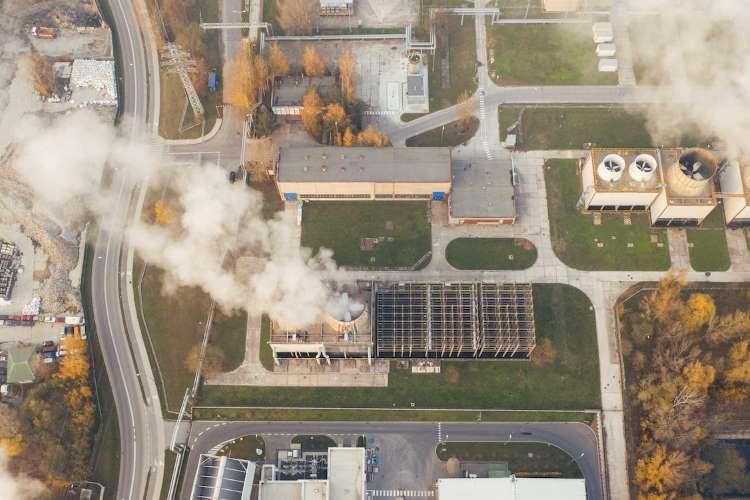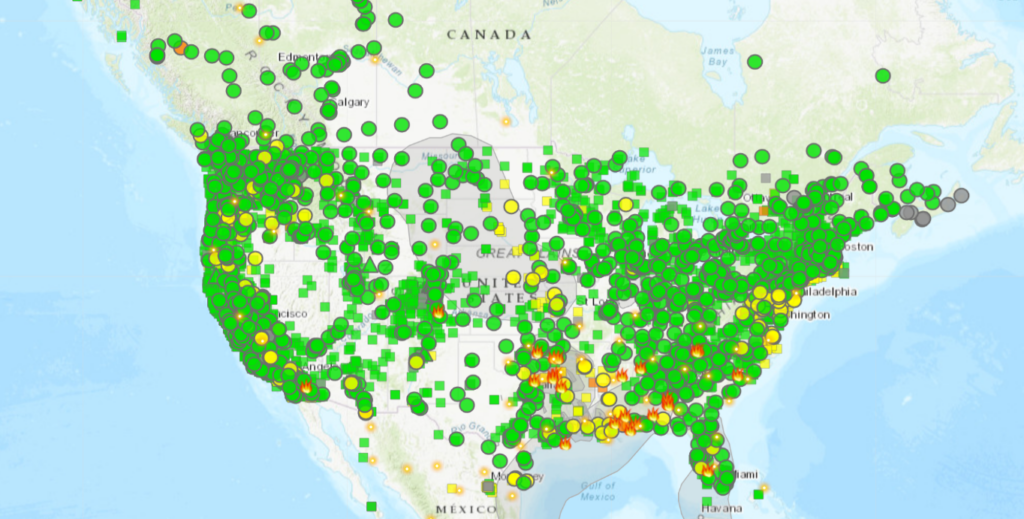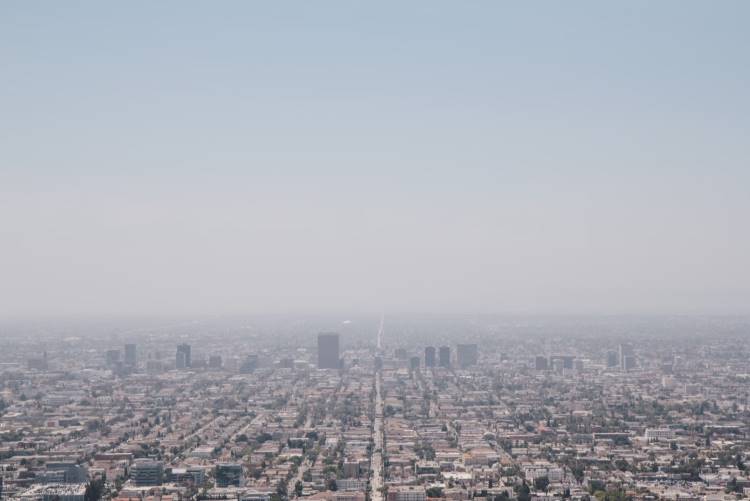
The recent decision by the United States Environmental Protection Agency to impose stricter limits on air pollution from fine particulate matter (PM2.5 limits) represents a shift in the country’s approach to managing air quality and public health. By lowering the limit of PM2.5 from 12 to 9 μg/m^3, the EPA sought to mitigate the public health crisis associated with air pollution and to reconcile decades of scientific evidence with regulatory action. This move, reflective of a broader recognition of the profound impacts of fine particulates on human health, marks a critical juncture in environmental policy, emphasising the importance of evidence-based standards in safeguarding public well-being.
The tightening of PM2.5 standards is not merely a regulatory adjustment; it is a response to the accumulating body of scientific research underscoring the lethal effects of particulate matter on human health, even at levels previously deemed safe. Fine particulate matter, with its ability to penetrate deep into the lung tissue and enter the bloodstream, has been linked to a wide range of adverse health outcomes, including increased risks of cardiovascular diseases, respiratory ailments, and premature death. The revision of the PM2.5 limits also reflects a strategic move towards addressing environmental justice concerns, recognising that the burden of air pollution is not borne equally across communities.
READ I Climate change: India needs gender-responsive policy solutions
Economy vs environment
This policy update also opens up a complex debate on the balance between environmental regulation and economic considerations, the adequacy of the new standards in protecting the most vulnerable populations, and the challenges of enforcement and compliance. As the EPA embarks on this ambitious regulatory overhaul, the implications of these stricter PM2.5 limits extend beyond public health, touching on issues of environmental justice, economic impact, and the interplay between local and federal governance in managing air quality.

The history of particulate matter (PM) regulation in the United States is marked by evolving scientific understanding, political ideologies, and the pursuit of public health protection. Since the inception of the Clean Air Act in 1970, the regulatory framework governing air quality has undergone numerous revisions, each reflecting the growing body of evidence on the health impacts of air pollution and the technological advancements available for its mitigation.
Evolving PM2.5 limits
The journey from the initial recognition of PM as a pollutant of concern to the latest tightening of PM2.5 standards illustrates the dynamic interplay between science, policy, and advocacy. This evolution has been shaped by landmark studies revealing the insidious effects of fine particles on human health, landmark litigation that pushed for stricter enforcement, and a growing consensus on the need for a proactive approach to air quality management. This historical perspective underscores the complexity and contentiousness of air pollution regulation, highlighting the challenges of balancing economic interests with the imperative to safeguard public health.
The prior neglect and politicisation of science under the Trump administration, which saw the disbanding of the EPA’s PM Review Panel, left the US with outdated standards insufficient to protect public health adequately. The reinstatement of the PM Review Panel and the consequent revision of PM2.5 limits signify a return to evidence-based policymaking. The EPA’s update focuses on annual average levels of air pollution, leaving daily pollution limits unchanged. This oversight may mean that short-term spikes in PM2.5, which can have immediate and severe health impacts, remain unaddressed.

The implementation of stricter standards is just the beginning. Effective enforcement will necessitate ongoing air quality monitoring, especially in communities most exposed to pollution. However, the potential for industry pushback and litigation poses significant challenges to the standard’s implementation and enforcement. Critics from the cement, construction, and oil and gas industries warn of economic repercussions, a claim the EPA and environmental health experts vehemently dispute. Drawing on historical data, they argue that economic growth and reductions in pollution emissions can, and indeed do, coexist.
The new PM2.5 standard also signifies a critical component of the Biden administration’s broader environmental justice and climate policy agenda. By targeting a pollutant that has disproportionate effects on minority communities, the EPA aims to address and mitigate racial disparities in air pollution exposure and health outcomes. This aligns with the administration’s commitment to environmental justice, ensuring that all Americans, regardless of race or socio-economic status, have access to clean air.
Yet, the challenge of adequately monitoring and controlling PM2.5 pollution remains. Reports highlight the scarcity of detailed measurement data and the EPA’s narrow focus on local control options, neglecting significant upwind sources of particulate matter. This limitation underscores the need for a more comprehensive approach to air quality management, one that includes better data collection, broader controls on upwind pollution sources, and a focus on cost-effective strategies for emission reduction.
In light of the extensive evidence linking PM2.5 exposure to severe health outcomes, including increased risks of hospital admission for major heart and lung diseases, the question arises: Are the new EPA standards sufficient? While the revised limit of 9 μg/m3 represents a significant improvement over the previous standard, it still falls short of the World Health Organisation’s (WHO) recommendation of an annual average PM2.5 level not exceeding 5 μg/m3.
The WHO has played a pivotal role in guiding global norms on air quality, including the regulation of particulate matter. WHO guidelines, based on extensive research demonstrating the health risks of PM2.5 at even lower concentrations than previously understood, set a more ambitious target for countries worldwide.
The WHO recommendations serve as a benchmark for global air quality standards, emphasising the need for aggressive action to reduce particulate pollution and protect public health. They also highlight the gap between international guidelines and national regulations, underscoring the challenges and opportunities for countries, including the United States, to align their air quality standards with the latest scientific evidence and public health objectives.
While the EPA’s updated PM2.5 standard is a crucial step forward in the fight against air pollution and its detrimental health effects, it also highlights the complex challenges that lie ahead. Ensuring the effective implementation and enforcement, addressing the remaining disparities in pollution exposure, and continuously updating standards in line with the latest scientific evidence will be essential to achieving clean air for all. As the EPA continues to evaluate the risks posed by even finer particles and the impacts of climate change-induced wildfires, the need for a dynamic, science-based approach to air quality management has never been more apparent.
